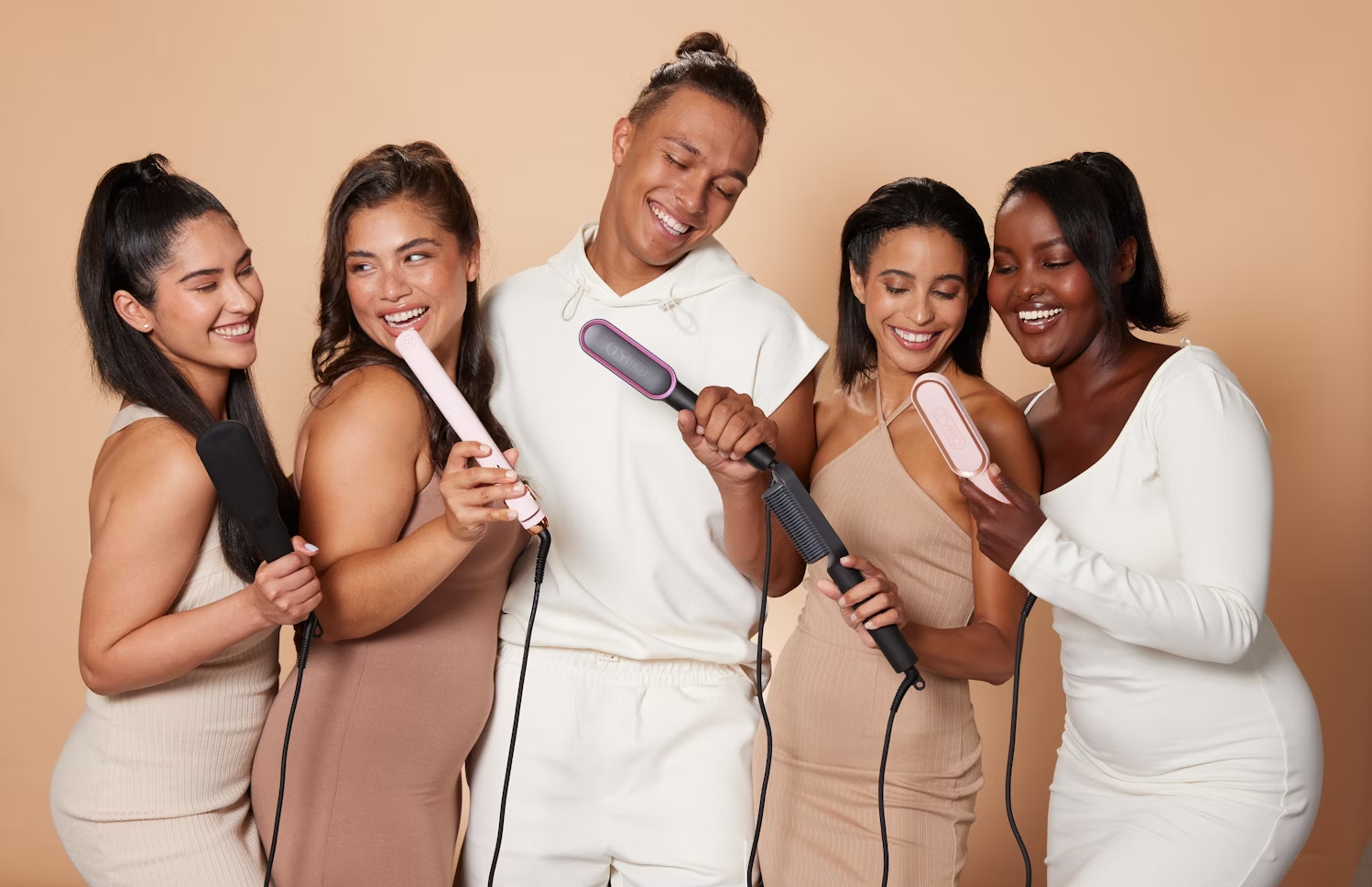Are you familiar with hair relaxers mostly used by women? Available in the form of creams and lotions, these products are used to straighten the hair strands. It is believed that they work by breaking down the disulfide bonds found in the cortex layer of the hair.
The more disulfide bonds found in the hair, the curlier it will be. Since the sulfur atoms are pulled apart by the hair relaxer, they cannot rejoin naturally and the hair remains straight. Some of the major US players in the hair relaxer market include L’Oreal, Revlon, Amway, and Procter & Gamble.
Currently, these companies are in the spotlight for all of the wrong reasons. Women have even sued them for injuries sustained due to hair relaxers. In this article, we will discuss the genesis of hair relaxers, their effects on health, and the progress of the litigation.
The History of Hair Relaxers
It is interesting to note that the first-ever hair relaxer came into existence accidentally. In 1909, Garett Augustus Morgan ended up discovering a cream to relax hair strands while looking for a way to ease friction in sewing machines.
The discovery essentially involved understanding the correlation between chemicals used in cleaning needles and hair relaxing. After testing his newly discovered product on dog fur, Garett established the G.A. Morgan Hair Refining Company.
The product’s target market at the time was Black and mixed people because they generally have tightly coiled hair. Even today, advanced hair relaxer manufacturing companies mainly target their products to Black women.
How Something Seemingly Innocent Turned Dangerous
Modern hair relaxers are also known as chemical hair straighteners. This means they use certain chemicals and heat to break the hair’s disulfide bonds and flatten the strands. Is the straightening process permanent?
It is often called a permanent way to straighten hair but that does not mean a woman will never have to redo the process. The reason for calling it a permanent method is the fact that the hair will remain relaxed until it grows out. The part of the strands emerging from the scalp will take the original coiled or curled texture.
Women, especially from the Black community, use hair relaxers frequently to style and manage their strands. It all seems so innocent, right? What could go wrong with a simple procedure of hair straightening? Ideally, hair straightening should be a safe and effective way for hairdressing.
Unfortunately, the chemicals used in these products, especially formaldehyde, are highly dangerous. Researchers have found that this chemical can lead to terminal conditions like nasopharyngeal cancer and myeloid leukemia. Even with mild exposure, it can cause chest pain, nausea, dizziness, and headaches.
Thousands of women have been injured by hair relaxers in some form or another. This is what led them to file a hair relaxer lawsuit against product manufacturers. Once the first wave of lawsuits was filed, more somber discoveries were made in clinical studies.
One recent study conducted on Black women found that frequent use of hair relaxers increased the risk of developing uterine cancer. These results were mainly true in the case of those who used hair relaxers more than twice a year for at least five years consecutively.
Around 45,000 women with no history of cancer and an intact uterus were closely observed for 22 years. The rates of the said cancer were significantly higher among those who frequently used hair relaxers in all these years when compared to those who didn’t.
Litigation Progress, Electronic Discovery, and Settlements
The first-ever hair relaxer lawsuit was filed back in 2017 but the case did not make it too far. At the time, sufficient evidence linking hair relaxer use to cancer was not available. By October 2022, this scenario changed because studies showing a strong connection started being published.
TorHoerman Law shares that the litigation has over 8,000 lawsuits, as of July 2024. Women filing under this multi-district litigation have complaints that extend beyond their injuries. They have alleged that companies producing hair relaxers were fully aware of the health risks. Despite that, they failed to issue proper warnings to the public.
Now, cases are being selected for the discovery process. Attorneys on both sides are rigorously preparing for Bellwether trials. The situation is a bit chaotic at the moment. Just last month, a total of 300 cases were dropped from this MDL because they involved non-cancerous injuries.
Earlier this year, battles regarding a special master for electronic discovery were all the rage. A special master is an individual selected by the court to perform specific actions on its behalf. These may include the evaluation of scientific facts, receiving evidence, conducting hearings, and issuing orders.
Once that was resolved, another concern knocked on the doors since the Food and Drug Administration (FDA) missed its deadline for the formaldehyde ban proposal. The agency has not explained this delay yet. It is still expected that hair relaxer manufacturers will have to ban the use of formaldehyde.
As for the settlements, the plaintiff’s counsel is waiting with bated breath for trials to begin. This might not happen until early 2025. Depending on how swiftly the trial process proceeds, individual payouts will be made.
As we just discussed, the anticipation for justice continues among women injured by hair relaxers. Many in the US are rejecting these products in lieu of safer alternatives like steam treatments, Brazilian blowouts, and ceramic flat irons.
On the downside, sales of hair relaxers continue to increase in African countries. As the litigation progresses, we hope that word will spread enough to protect women against hair relaxers’ risks.

